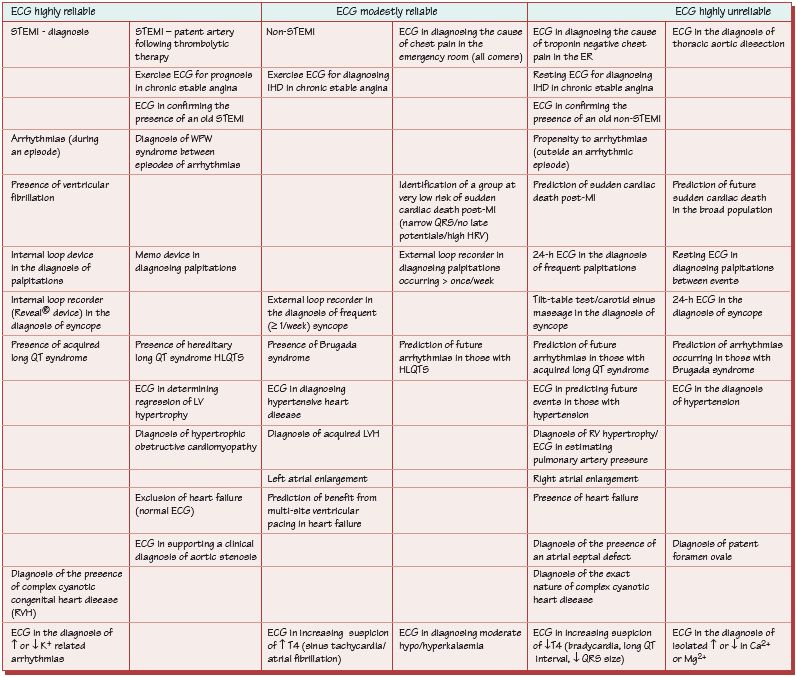Fig. 2.2 The reliability of the ECG in diagnosis and management.

The ECG is a powerful tool, useful diagnostically and therapeutically in suspected cardiac disease, in non-cardiac problems, e.g. non-accidental poisoning, metabolic disturbance, etc, and in monitoring the heart rate of sick patients. ECGs are so widespread that physicians should understand its strengths and weaknesses.
Diagnostic role of the ECG
You should be aware of what proportion of those with a diagnosis have a diagnostic ECG, what proportion do not, and what proportion of people with a diagnostic ECG do not have that diagnosis (Fig. 2.1). If you do not have a good idea about these figures, then you do not know whether the ECG has ruled in or out the disease in question and regardless of what it shows, the ECG will have been unhelpful. Usually the problem with the ECG is not so much what it shows (e.g. flat T waves, right bundle branch block, etc) as to the pathological interpretation of these findings. If the finding/interpretation is unique, then the ECG is useful, if there are multiple interpretations then the ECG is less helpful.
Highly diagnostically reliable ECGs
As a generalization, the grosser or more unusual ECG changes are, the more likely there is only one explanation and so the more useful is the ECG. The following conditions have unique ECGs, gross changes, and often only one interpretation:
- ST elevation myocardial infarction (MI) (STEMI), only rarely confused with physiological or pericarditis-related ST elevation.
- Major ST depression during a stress test, in someone at risk of ischaemic heart disease (IHD), fairly reliably indicates coronary disease.
- Arrhythmias are reliably diagnosed on their ECG appearances.
- Wolff–Parkinson–White (WPW) syndrome, ‘classic’ Brugada/hereditary long QT syndrome (HLQTS).
Moderately diagnostically reliable ECGs
There are often relatively few interpretations to the ECG in:
- Many cases of non-ST segment elevation MI, the ECG is reasonably reliable, e.g. ‘proximal left anterior descending (LAD)’ pattern or marked ‘dynamic’ changes.
- Marked left ventricular hypertrophy (LVH) – the grosser the changes, the more reliable is the ECG diagnosis, and the less likely is LVH not to be present. The ECG usually does not reveal the cause of LVH.
Diagnostically less useful ECGs
Most ECG abnormalities are frequent and/or mild, can result from many diseases and are not useful diagnostically:
- T wave flattening, classically due to hypokalaemia – most patients with such ECGs are not hypokalaemic.
- Arrhythmia predisposition may be suspected from the ECG, but the relationship between suspicious ECG findings and actual arrhythmias is weak:
Stay updated, free articles. Join our Telegram channel

Full access? Get Clinical Tree


